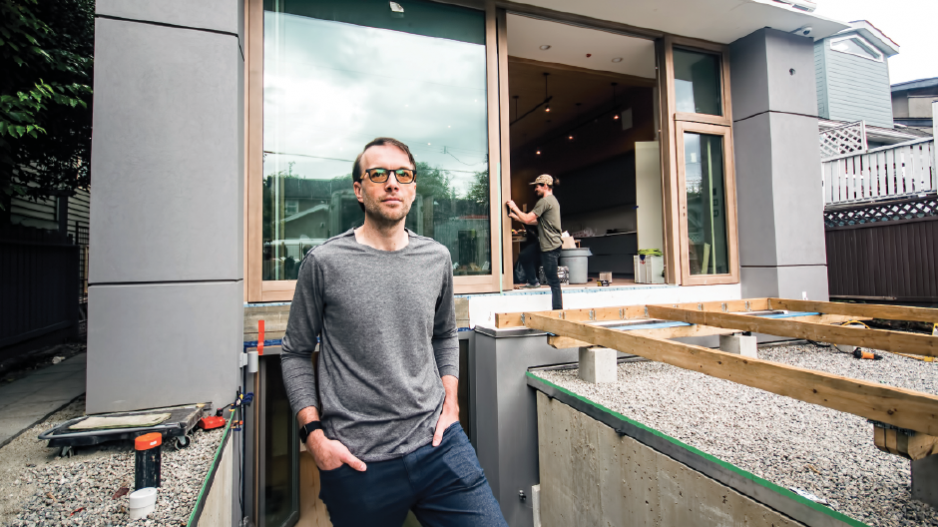The Trudeau government appears to be taking up the International Energy Agency’s exhortations to implement a national energy efficiency retrofit program for homeowners as the best way to stimulate the economy while tackling greenhouse gas emissions.
As Business in Vancouver recently reported, the IEA is urging countries looking to spend their way out of a pandemic-induced recession to focus on investments and policies that would both create jobs and lower GHGs. In other words, focus on a green recovery.
Of the 30 recommendations it made, it said national building retrofit programs aimed at greater energy efficiency would be the one that offered the biggest bang for the buck in terms of job creation, as it is labour intensive.
Today, federal Natural Resources Minister Seamus O’Regan announced Canada will join the Three Percent Club, a coalition of governments, agencies and industries that commit to a 3% increase in energy efficiency each year.
“By joining the Three Percent Club, Canada commits to working collaboratively with international partners, including 15 other countries, to increase energy efficiency, accelerate the clean energy transition and help meet climate change goals,” a Natural Resources Canada press release states.
It’s not clear, however, if that energy efficiency target would be met primarily through the kind of national building retrofit program that the EIA and other agencies are pushing. The government press release does not specifically mention a building retrofit program.
The Canadian Task Force for a Resilient Recovery is recommending $27.3 billion in federal funding for “climate-resilient and energy-efficient buildings.”
Efficiency Canada, based out of Carleton University’s Sustainable Energy Research Centre, is urging the federal government to fund a national program through Canada Infrastructure Bank and Canada Mortgage and Housing Corporation (CMHC).
The built environment accounts for only 12% of Canada’s greenhouse gas emissions. However, in terms of investments that both lower emissions and generates jobs, building retrofit programs is the top job creator, according to the IEA.
“The largest amount of new jobs would be in retrofitting buildings and other measures to improve their energy efficiency,” the IEA states in its recently release Sustainable Recovery Plan, developed in conjunction with the International Monetary Fund (IMF).
It estimates nine to 30 jobs are created for every $1 million invested in home retrofits.
A national retrofit program would also spread the spending across Canada, whereas many other GHG mitigation projects may only benefit a specific region.
Once energy efficiency investments are made, they may result in lower utility costs to homeowners.
Efficiency Canada estimates that 175,000 jobs would be created between now and 2030 through an energy efficiency retrofit program.




